Vegan Wine: what does it really mean? + Integrated Pest Management
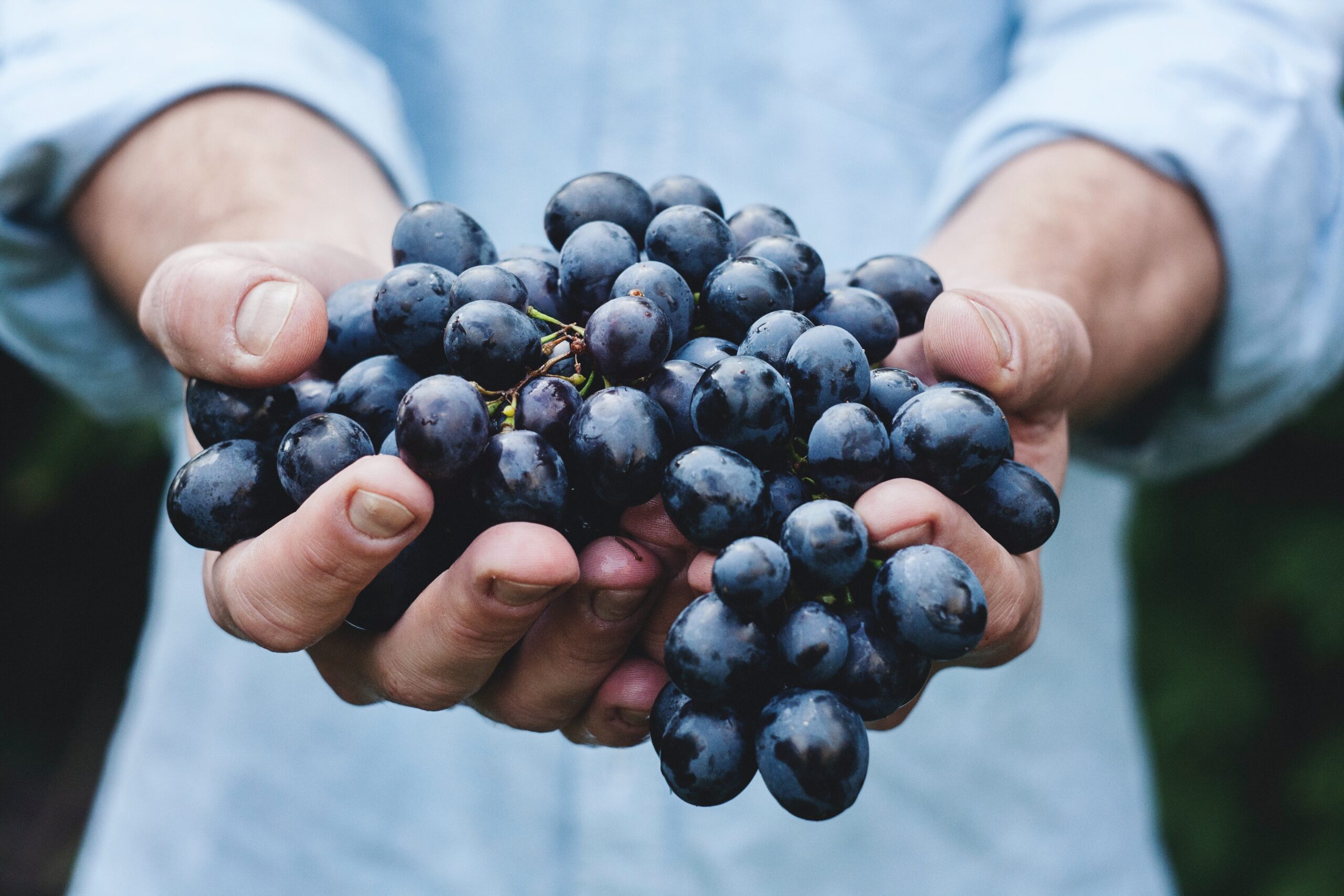
To those who are non-vegans: how many of you choose a bottle (at the supermarket or in a wine shop) because you see on the label the vegan wine certification? What drives you towards this purchase choice? The wine may be healthier? Or perhaps, could it be of higher quality?
First thing first, it is important to explain how and why wine can become vegan, and for this, we need to take a leap into the winery. Will you come and visit us? 😉
Wine clarification
During alcoholic fermentation, unwanted substances remain in the wine (or in juice not yet vinified) that could produce negative organoleptic effects, such as exhausted yeasts. For this reason, wine needs to stabilize and subsequently be separated from these substances.
This separation process is called clarification. Our ancestors used egg white to decay the protein substances. Today, various animal-based substances are used, among the most common are:
- Casein which is used for clarification in white and rosé wines. Casein is a milk protein that binds to tannins and polyphenolic compounds to separate them and it is able to clean the color of browning and prevent the bitter aftertaste.
- Isinglass which is widely used in wine to achieve colloidal stability, but also to stabilize its visual and taste notes. It is commercially available in solid form, powder, or sheets. It is implemented in both white winemaking, for a less bitter result, as well as in red winemaking, to remove overly astringent tannins. It helps to achieve a very bright and stable color in rosés and gives olfactory purity that would not be otherwise possible.
These substances are completely absent in the finished product but, regardless, for vegan consumers, the addition of any animal product must be avoided in all stages of production.
So how can a wine be clarified without resorting to the use of animal substances?
How does wine become vegan?
Instead of animal-derived substances, vegetable or mineral-based substances are used during the clarification and stabilization phases, such as pea flour instead of albumin or potato powder instead of fish glue.
It is important to remember that there are no regulations regarding labeling of vegan wines, which is becoming an urgent matter in our current times. Labeling a bottle as “vegan wine” does not refer to any kind of regulation and is entirely optional.
Wineries can turn to private entities and labels to certify their bottles. The packaging is another important aspect: it is striclty forbidden to seal bottles with beeswax or animal-derived adhesives and inks.
However, we would like to remind you that vegan wine is not synonymous with healthy or sustainable; it simply allows people who do not consume animal products or derivatives to enjoy a good bottle.
Here at Cantina Il Poggio, we are not fans of certifications and have adopted the philosophy of integrated pest management as our method of production.
What is Integrated Pest Management?
The winery, for us, is a way of live, a unique way of thinking and working, based on the respect for seasons and the full sustainability of the production.
The wine from Cantina il Poggio reflects this as well, with the slow rhythms of the barrel room, delicate and patient refinements, and the silence that surrounds the entire hill during calm but demanding days, which only those who truly work with their hands know and deeply understand.
Integrated Pest Management is recognized and regulated by the European Union and involves drastically reducing the use of pesticides, intervening with chemicals only when the potential damage to the crop exceeds the cost of the treatment itself.
Respecting the environment is a practice that involves several skills of multiple disciplines with the aim of protecting plants from potential attacks, but saving the work of the winemaker.
The integrated pest management product has a lower environmental impact than conventional products. Laboratory analysis, in fact, detects minimal amounts of pesticide residues because chemical treatments in integrated pest management are reduced on average by 50%, and in our case even by 80%.
How to control the different disease
Mulching, adequate irrigation, and other important vineyard practices make Integrated Pest Management a bridge between conventional and organic agriculture.
The product from Integrated Pest Management is not certifiable, but it is generally guaranteed by a relationship of trust within the supply chain, where the farmer or winemaker is known directly, as in our case.
Integrated Pest Management represents a fair compromise between distribution needs and commercial needs (low cost and easy availability of products), responding to a good part of the consumer’s needs. Compared to organic, it represents a great solution towards a globally fair agriculture, respectful of human kind and the environment.
Advantages
The advantages are many, including high sustainability and long-term effectiveness. Exclusively chemical defense requires constant and increasingly frequent interventions for its short-term effectiveness, increasing the risk of target organisms becoming insensitive to the products used.
Therefore, a serious commitment to nature, humans, and the environment is necessary, where without any of these three factors, the wine product would not exist.
Did you know about this practice? What do you think about certifications? Are they essential for choosing a bottle?
Let us know in the comment section down below! 👇🏻
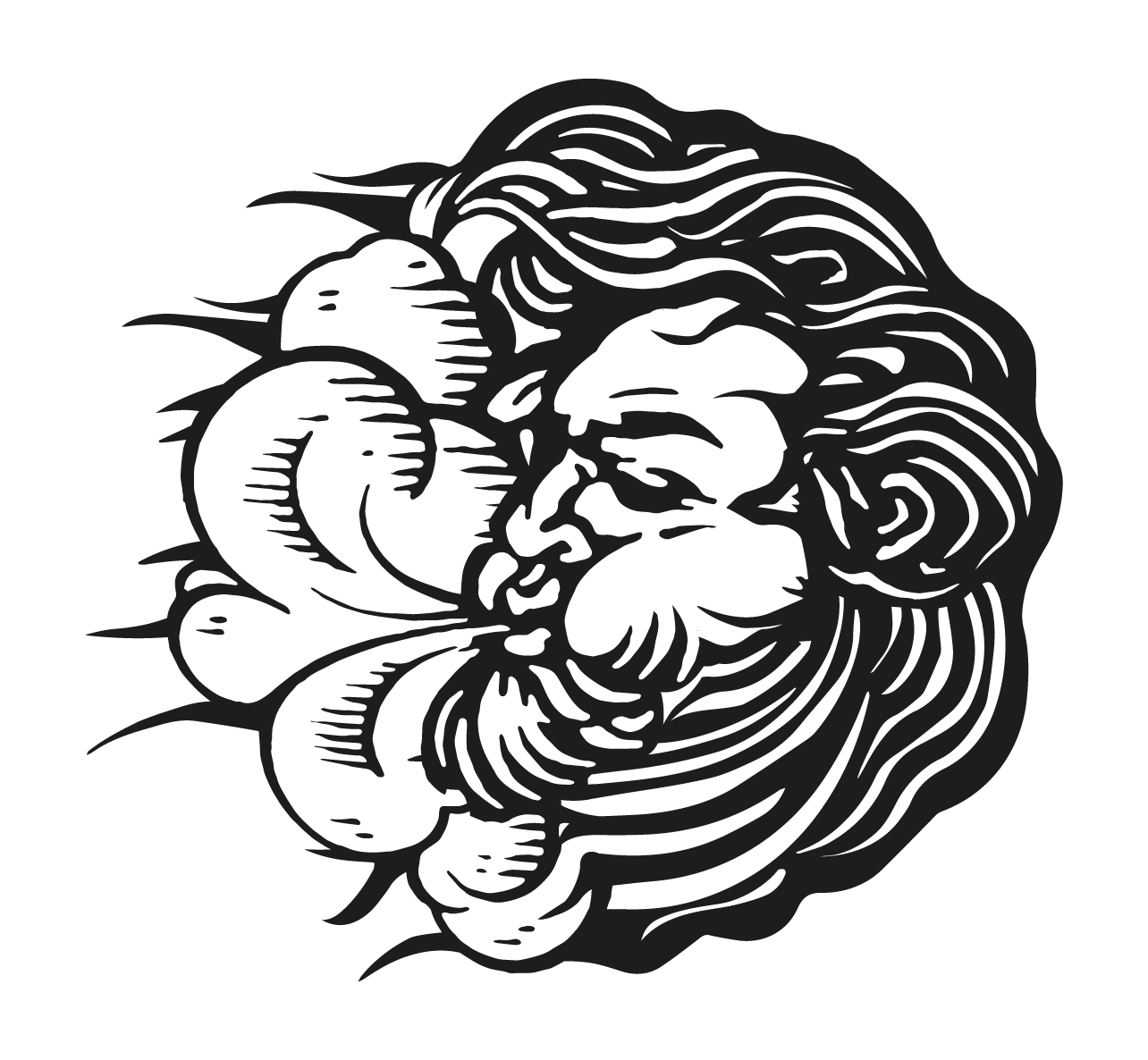
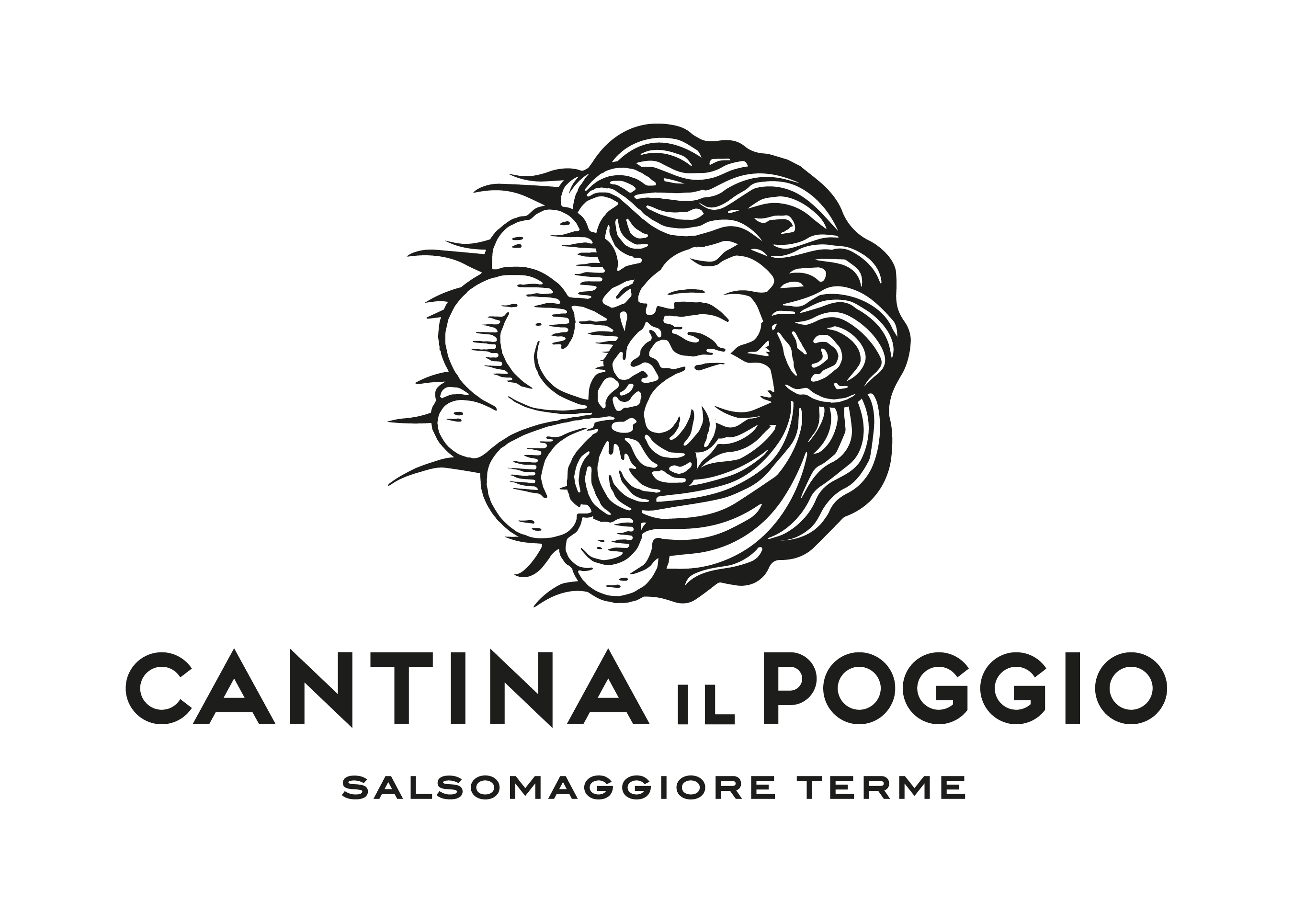
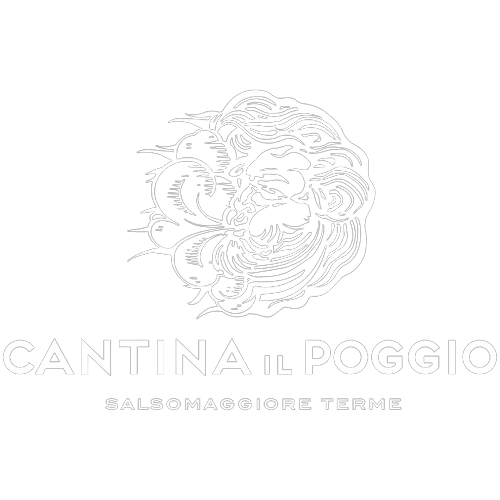
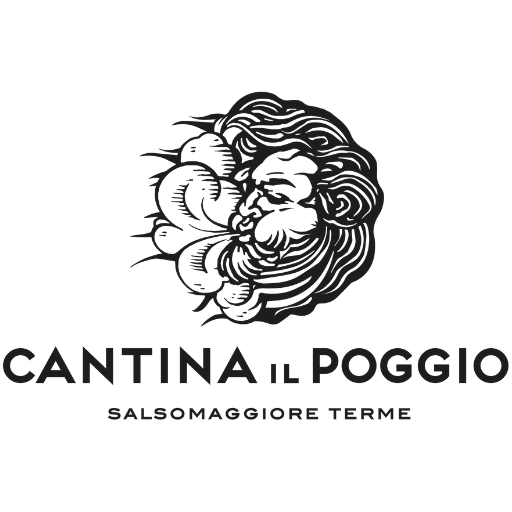
Francisco
Wow, marvelous weblog structure! How long have you ever been blogging for? you made blogging look easy. The total glance of your web site is wonderful, as neatly as the content! You can see similar here sklep